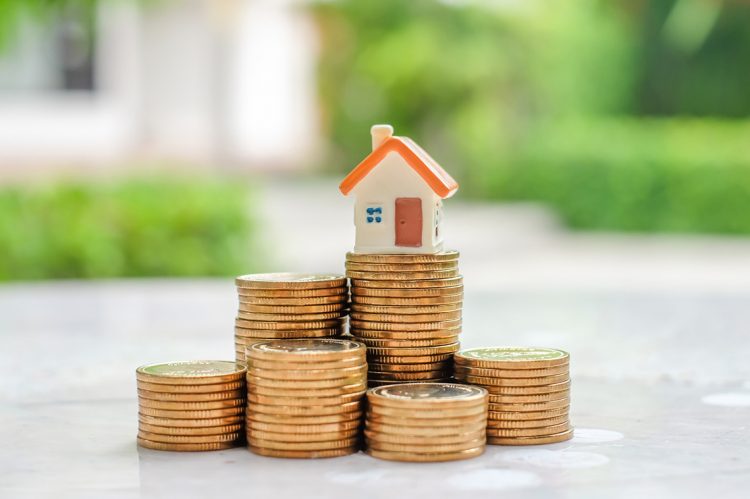Since the drastic rise of home prices and mortgage rates from the time of the pandemic boom, housing affordability continues to decline. Buyers, whether veterans or first-timers, have felt pushed out of the market due to ongoing market struggles.
Mortgage rates are now at 6.60%, after rising for five straight weeks, according to the latest Freddie Mac data. Additionally, home price growth still continues—with a 5.5% annual gain in January—according to CoreLogic’s latest Home Price Index. These highs have put a barrier up, preventing many buyers from accessing the market.
Prices and rates are not the only things that contribute to a decrease in housing affordability though. Even homeowners who managed to make their way through the current state of the market are experiencing struggles as far as continuing to afford their homes due to hidden costs, according to a new report from Clever.
The average U.S. homeowner spends $17,459 annually on hidden costs, according to the Clever report. These costs include $4,975 for utilities, $4,283 for maintenance, $3,890 for home improvements, $2,795 for property taxes and $1,516 for homeowners insurance.
These costs are not well-known to buyers before they commit to their home purchase, as 90% said owning their home was more expensive than they originally expected. Homeowners were most surprised by the cost of property taxes (33%), renovations (27%), utilities (27%) and roof work (25%).
The high level of these costs are causing major struggles when it comes to continuous affordability for a homeowner. Due to hidden costs on top of mortgage payments and other bills, 54% of homeowners could not afford a $3,000 emergency repair without going into credit card debt.
Inflation also plays a big part, as 85% of homeowners said inflation has impacted the cost of owning their home, with an additional 35% reporting that it has had a major impact.
Matt Brannon, a data writer at Clever and author of the report, said that 73% of homeowners have regrets about buying their home because of these hidden costs.
“With the benefit of hindsight, 57% of homeowners say they would have approached buying a house differently had they realized the true cost of homeownership,” said Brannon. “Of that group, the most common things they would’ve done differently are: purchased a home that requires less maintenance (42%), negotiated a better price or contingencies (33%), purchased a less expensive home (29%), or waited to buy (27%).”
While struggles persist in the market, there is always light at the end of the tunnel. Despite their current rise, mortgage rates have come down from the 7% high they saw in 2022, and experts such as Anthony Lamacchia—broker/owner/CEO of Lamacchia Realty, Inc.—and Lawrence Yun—chief economist of the National Association of REALTORS®—previously predicting they will land around 5% – 6% by the end of 2023. Home price growth has also decelerated, with January’s growth rate marking the ninth straight monthly decrease and the lowest recorded gain since June 2020.
“While 2023 kicked off on a more optimistic note for the U.S. housing market, recent mortgage rate volatility highlights how much uncertainty remains,” said Selma Hepp, chief economist at CoreLogic. “Home price depreciation and strong income growth are expected to boost affordability, which is particularly important for first-time buyers.”
Even when it comes to hidden homeownership costs, Brannon said that most homeowners still see silver linings. “In addition to the wealth-building benefits of homeownership, nearly 91% of homeowners say owning a home makes them proud, and 81% say homeownership is part of the American Dream,” said Brannon.












